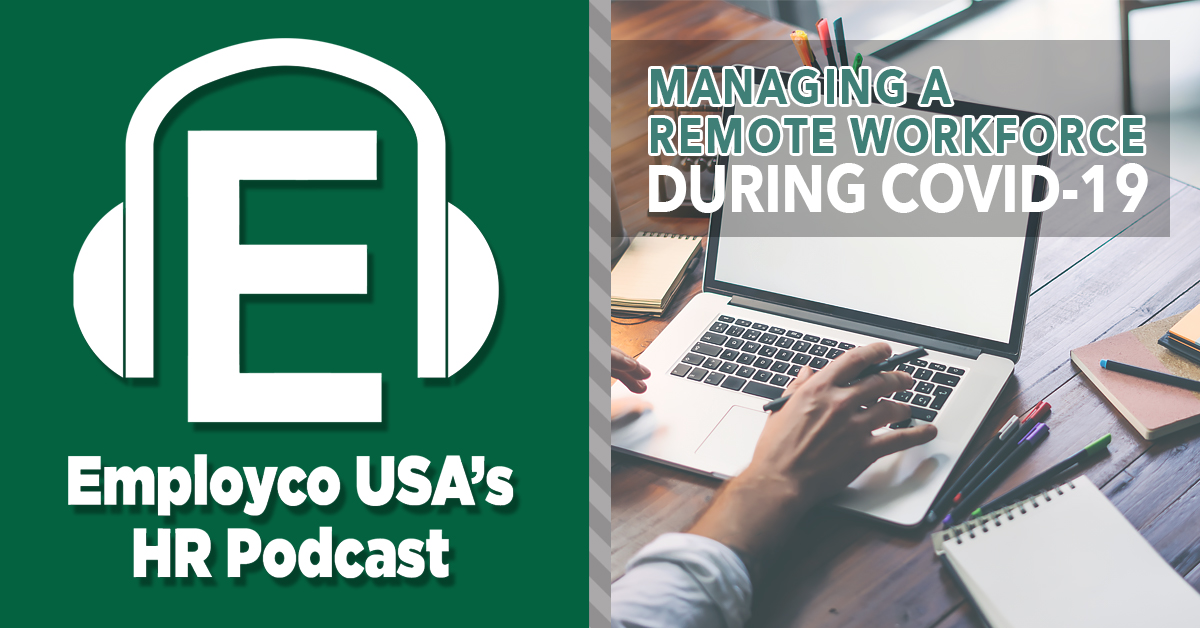Employment expert discusses ‘Illinois Restored’ and the uncertain future
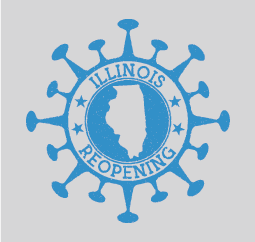 Gov. J.B. Pritzker just unveiled his new reopening plan for the state of Illinois. The projected 5-phase “Illinois Restored” plan was created to help safely reopen businesses in the state without causing an influx of COVID-19 infections. But what does Illinois’s phases reopening mean for employers and their staff, and should we expect similar plans from other lawmakers across the country?
Gov. J.B. Pritzker just unveiled his new reopening plan for the state of Illinois. The projected 5-phase “Illinois Restored” plan was created to help safely reopen businesses in the state without causing an influx of COVID-19 infections. But what does Illinois’s phases reopening mean for employers and their staff, and should we expect similar plans from other lawmakers across the country?
“Gov. Pritzker’s reopening plan is based heavily on whether the incoming numbers will support plans to open up the state a bit more,” says Rob Wilson, President of Employco USA. “But, if we are seeing an uptick in COVID-19 infections, a sustained increase in hospital admission, or if Illinois’s hospitals start to become overtaxed, the phases will reset back to the start.”
Wilson says that just because the state is starting to talk about reopening, along with several other states, that we should not expect things to go back to normal right away.
“There is going to be a new normal established,” says Wilson. “For example, many areas (like St. Louis County) are saying they will be adopting a ‘no mask, no service’ protocol in which all employees and customers will be required to wear masks. Other companies say they will stagger the return of their employees, for example, bringing just a handful of employees at a time into the office, and rotating work days so that it does not become too crowded and people don’t congregate too closely to one another.”
Continue reading →
 Last week the House passed the Paycheck Protection Program Flexibility Act by 417-1, with the aim of easing strain on small business owners who are being crushed by the coronavirus pandemic and work stoppage.
Last week the House passed the Paycheck Protection Program Flexibility Act by 417-1, with the aim of easing strain on small business owners who are being crushed by the coronavirus pandemic and work stoppage.
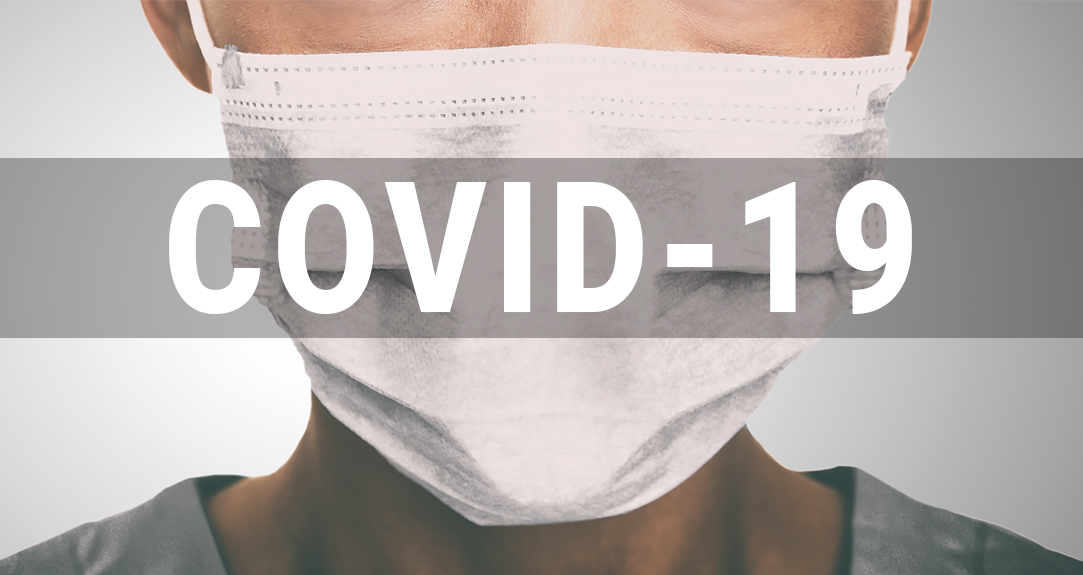
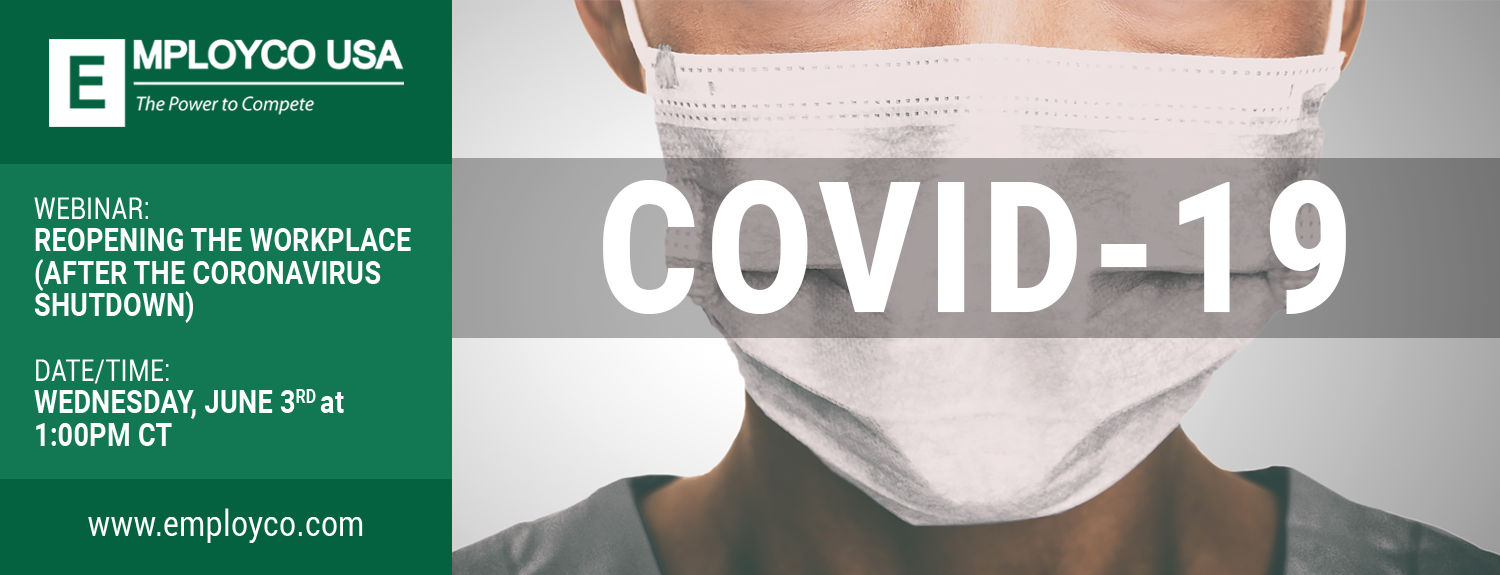
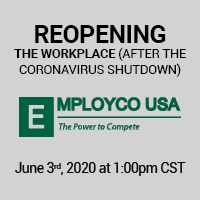
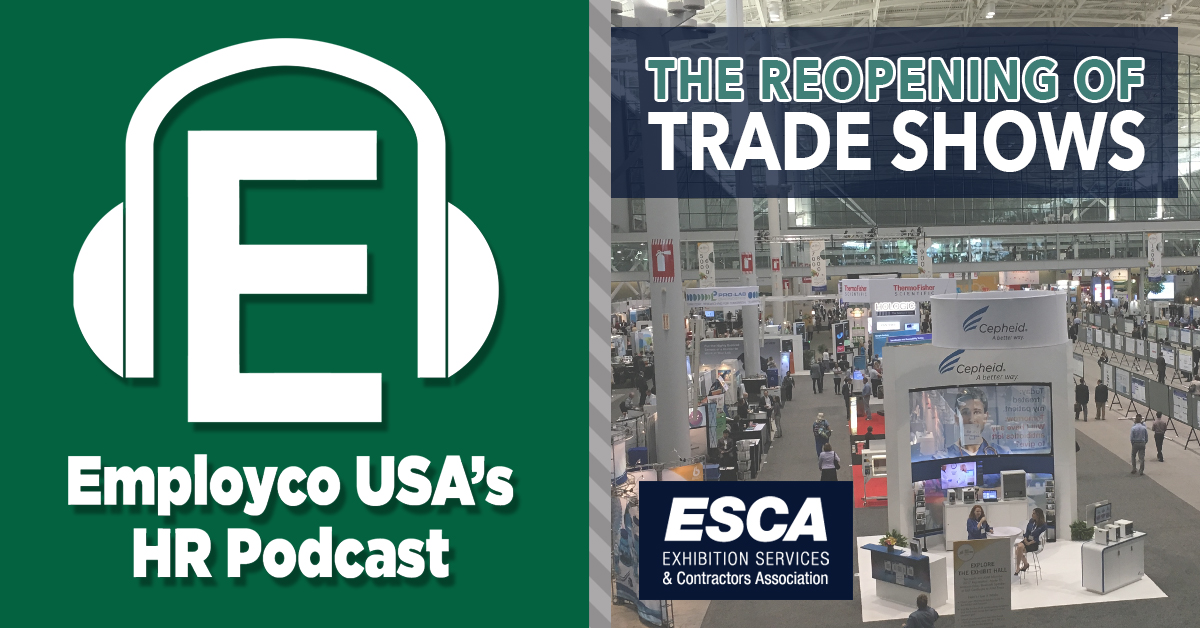
 Gov. J.B. Pritzker just unveiled his new reopening plan for the state of Illinois. The projected 5-phase “Illinois Restored” plan was created to help safely reopen businesses in the state without causing an influx of COVID-19 infections. But what does Illinois’s phases reopening mean for employers and their staff, and should we expect similar plans from other lawmakers across the country?
Gov. J.B. Pritzker just unveiled his new reopening plan for the state of Illinois. The projected 5-phase “Illinois Restored” plan was created to help safely reopen businesses in the state without causing an influx of COVID-19 infections. But what does Illinois’s phases reopening mean for employers and their staff, and should we expect similar plans from other lawmakers across the country? In 2018, only 24 percent of U.S. workers worked from home on a consistent basis. But, as of last month, 67 percent of employers were taking steps to allow employees to work from home in order to cope with social distancing guidelines. And, as social distancing time frames have been lengthened across the country, employers need to reconsider their new management styles and how to motivate and engage employees who may feel ‘out of sight, out of mind.’
In 2018, only 24 percent of U.S. workers worked from home on a consistent basis. But, as of last month, 67 percent of employers were taking steps to allow employees to work from home in order to cope with social distancing guidelines. And, as social distancing time frames have been lengthened across the country, employers need to reconsider their new management styles and how to motivate and engage employees who may feel ‘out of sight, out of mind.’